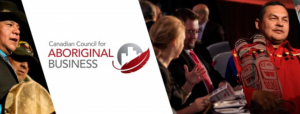I am particularly interested in learning more about how indigenous people are using modern/western technologies in order to re-know/learn traditional ways of knowing and doing (technologies). This is something that I have been increasingly interested in as I hear more and more first-hand stories about how indigenous communities are connecting and sharing ancestral knowledge and using technologies to uncover artifacts that have journeyed far from their place. The following weblinks touch on key themes from Module 1, particularly that of place. I am quickly learning that perspective also lends to offshoots in conversation about technology and Indigenous education.
Keywords: modernization, relationships, place-based, aboriginal education, technology, identity, language, perspective
https://twitter.com/wabkinew/status/849248012006248448
What I find particularly interesting is how this tweet illustrates the complexity and varying opinions on technology integration in education. Wab Kinew tweets “It’s important we move technology to early years and make sure every kid, not just the high achiever, learns to code”, sharing a New York Times article . This statement strikes me as quite contrary to much of our readings and many Aboriginal perspectives on western technology, but what strikes me as most interesting, are the comments that follow Kinew’s tweet suggesting an understanding of the natural world be more important. Kinew responds saying both technology and “critical thinking about the natural world” are important. But what does this look like? How can these two notions be married?
Module 1 Entry 1



